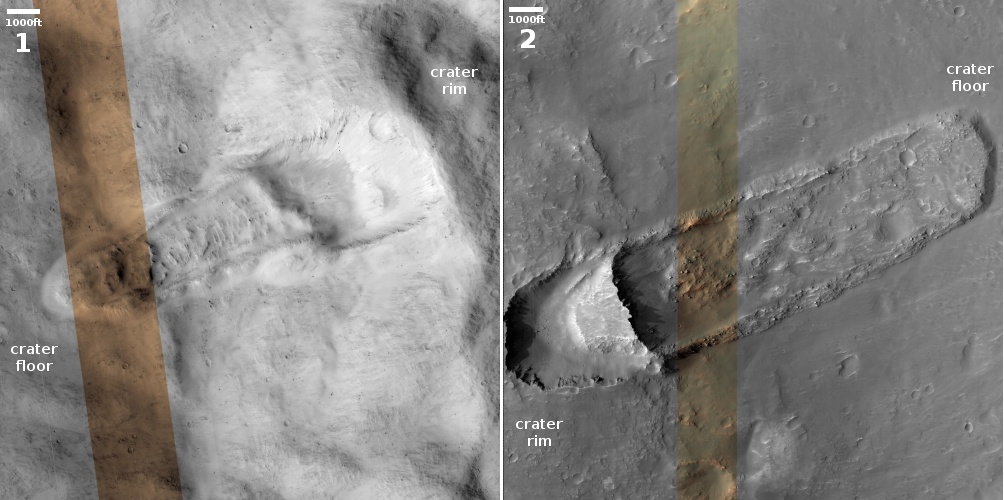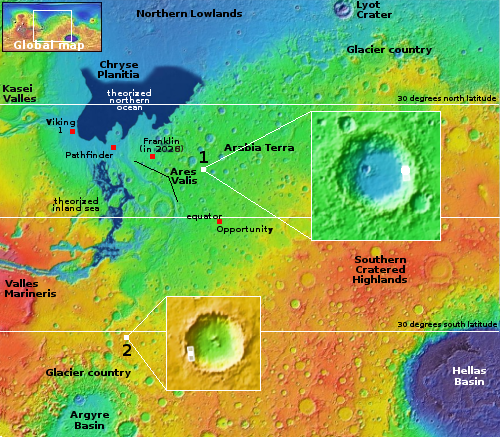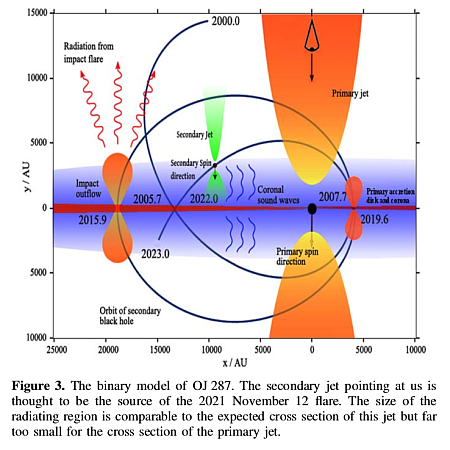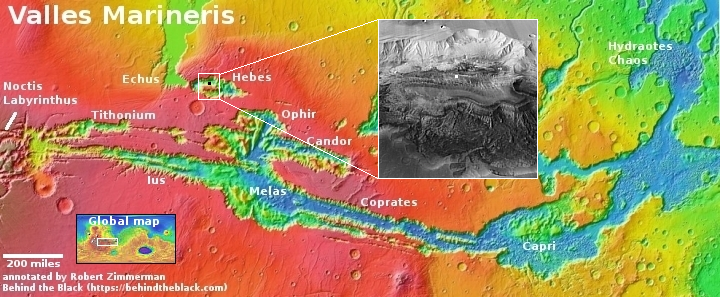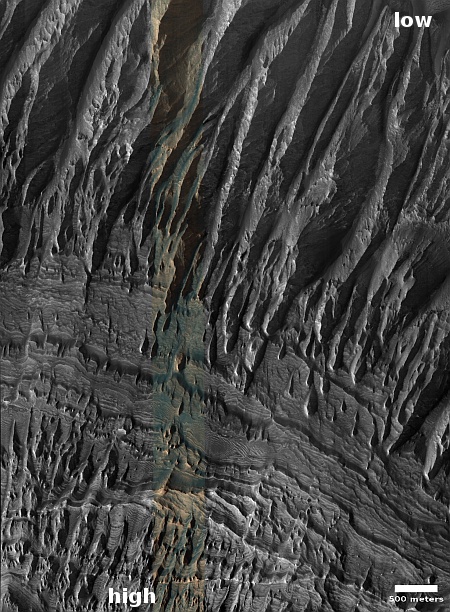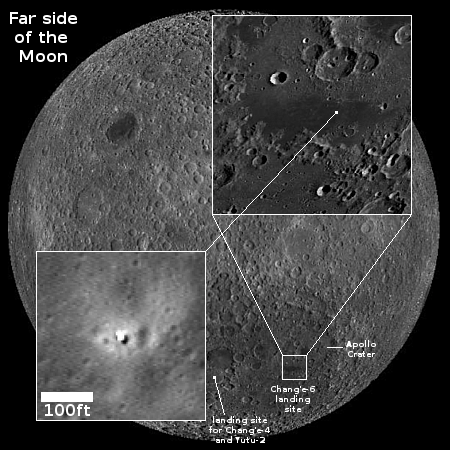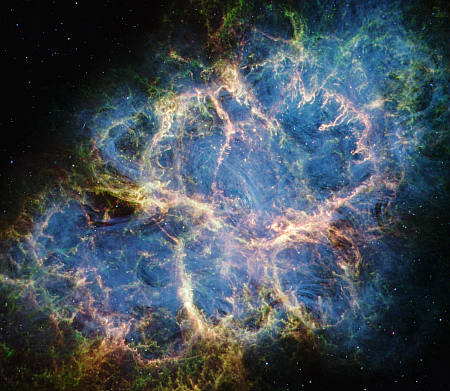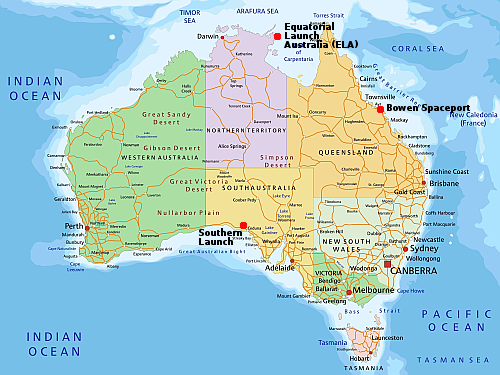Blue Origin signs deal to fly Nigerian on New Shepard suborbital flight
As part of what is now a general pattern of using New Shepard suborbital flights for feel-good public relations stunts, Blue Origin has now signed a deal to fly a Nigerian into space sometime this year or next.
A lot of government and charitable entities appear involved in this deal.
The Space Exploration & Research Agency (SERA) [private charity] and the National Space Research and Development Agency (NASRDA) [Nigeria’s space agency] have signed a partnership agreement to execute an exploration project that will send the first Nigerian citizen into space. This collaboration marks a significant milestone in Nigeria’s space exploration journey and opens new opportunities for scientific research and technological advancement.
Under this partnership, SERA, a global space agency dedicated to increasing access to space for all nations, will reserve a seat on an upcoming Blue Origin New Shepard suborbital spaceflight for a Nigerian citizen.
According to a statement shared with Technext, this is part of a broader SERA-led initiative, in partnership with Blue Origin, to send six individuals from nations historically underrepresented in space exploration.
In addition, a Nigerian non-profit, Learnspace, appears to have played a part in working out this deal. As for SERA, I suspect its funding mostly comes from Jeff Bezos or Blue Origin.
Either way, the deal appears to open the competition to any Nigerian citizen, with the final decision partly influenced by public voting.
As part of what is now a general pattern of using New Shepard suborbital flights for feel-good public relations stunts, Blue Origin has now signed a deal to fly a Nigerian into space sometime this year or next.
A lot of government and charitable entities appear involved in this deal.
The Space Exploration & Research Agency (SERA) [private charity] and the National Space Research and Development Agency (NASRDA) [Nigeria’s space agency] have signed a partnership agreement to execute an exploration project that will send the first Nigerian citizen into space. This collaboration marks a significant milestone in Nigeria’s space exploration journey and opens new opportunities for scientific research and technological advancement.
Under this partnership, SERA, a global space agency dedicated to increasing access to space for all nations, will reserve a seat on an upcoming Blue Origin New Shepard suborbital spaceflight for a Nigerian citizen.
According to a statement shared with Technext, this is part of a broader SERA-led initiative, in partnership with Blue Origin, to send six individuals from nations historically underrepresented in space exploration.
In addition, a Nigerian non-profit, Learnspace, appears to have played a part in working out this deal. As for SERA, I suspect its funding mostly comes from Jeff Bezos or Blue Origin.
Either way, the deal appears to open the competition to any Nigerian citizen, with the final decision partly influenced by public voting.






